The growth of international import and export livestock trade routes between continents aided the expansion of a common livestock diseases, new research has shown.
A detailed study into the history of the important human and livestock bacteria Staphylococcus aureus has shown that it emerged and spread among cattle around the world in the late 19th century and the first half of the 20th century.
Staphylococcus aureus causes diseases, including mastitis, in cattle and other farmed animals.
An international team of researchers - led by the Roslin Institute at the Royal (Dick) School of Veterinary Medicine, Scotland - examined the DNA of thousands of samples of the bacteria, including 1,800 recovered from infections in cows, alongside thousands more from humans and other animals.
The researchers said their findings can limit the emergence of harmful strains of the mastitis-causing bacteria and inform better ways of controlling infection in livestock.
Detailed analysis
The Scottish researchers analysed how the mastitis-causing bacterial DNA had changed over time, in order to trace its history and understand its ability to infect different species.
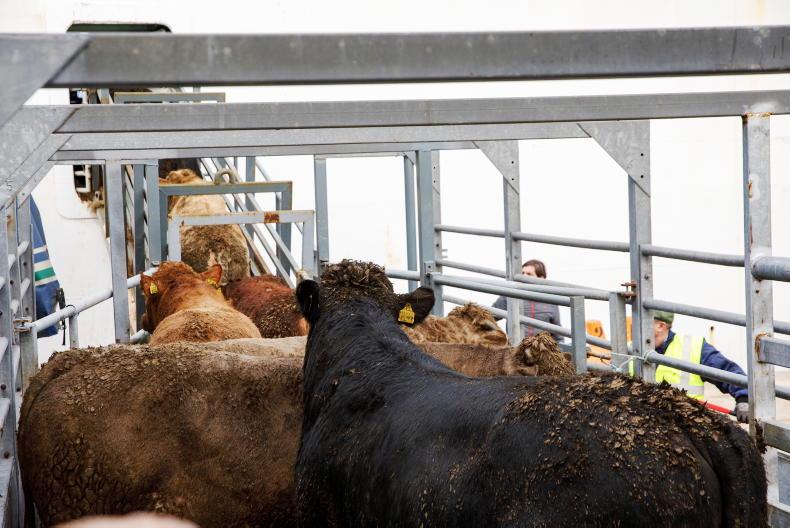
Bacteria causing disease in cattle spread bia trade routes, scientists have found. \ Donal O' Leary
The study found that the bacteria originated in humans before switching to cattle on several occasions over the past several thousand years. In some cases, switches back from cattle to humans have occurred, representing a threat to public health.
The research identified migration of the bacteria via cattle trade routes between North America and Europe; North America and sub-Saharan Africa; and between Australia and Asia.
A report on the study was published in Proceedings of the National Academy of Sciences.
Livestock diseases
Professor Ross Fitzgerald of the University of Edinburgh, who was involved in the research, said: “This study enables a high-resolution perspective of globally distributed bacteria that cause livestock infections, on a scale not possible before.
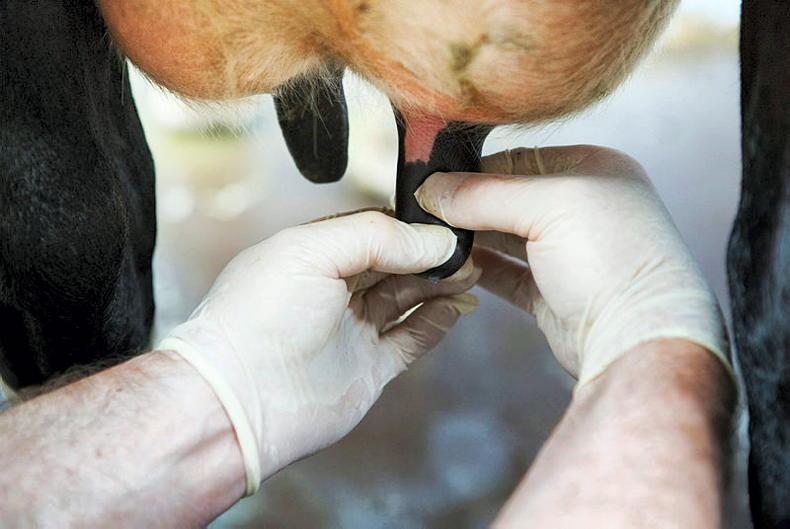
The Scottish research will inform better ways of controlling mastitis infection in livestock, those involved said.
“It shows the spread of the bacteria has been largely consistent with the story of trade and agricultural industrialisation.
"The outcomes underscore the benefit of regular sampling to monitor the emergence and dissemination of new strains causing disease in livestock and in humans.”
Read more
Farmers to pay for prescriptions in vet medicines compromise
Rise in fly activity posing summer mastitis risk
The growth of international import and export livestock trade routes between continents aided the expansion of a common livestock diseases, new research has shown.
A detailed study into the history of the important human and livestock bacteria Staphylococcus aureus has shown that it emerged and spread among cattle around the world in the late 19th century and the first half of the 20th century.
Staphylococcus aureus causes diseases, including mastitis, in cattle and other farmed animals.
An international team of researchers - led by the Roslin Institute at the Royal (Dick) School of Veterinary Medicine, Scotland - examined the DNA of thousands of samples of the bacteria, including 1,800 recovered from infections in cows, alongside thousands more from humans and other animals.
The researchers said their findings can limit the emergence of harmful strains of the mastitis-causing bacteria and inform better ways of controlling infection in livestock.
Detailed analysis
The Scottish researchers analysed how the mastitis-causing bacterial DNA had changed over time, in order to trace its history and understand its ability to infect different species.

Bacteria causing disease in cattle spread bia trade routes, scientists have found. \ Donal O' Leary
The study found that the bacteria originated in humans before switching to cattle on several occasions over the past several thousand years. In some cases, switches back from cattle to humans have occurred, representing a threat to public health.
The research identified migration of the bacteria via cattle trade routes between North America and Europe; North America and sub-Saharan Africa; and between Australia and Asia.
A report on the study was published in Proceedings of the National Academy of Sciences.
Livestock diseases
Professor Ross Fitzgerald of the University of Edinburgh, who was involved in the research, said: “This study enables a high-resolution perspective of globally distributed bacteria that cause livestock infections, on a scale not possible before.

The Scottish research will inform better ways of controlling mastitis infection in livestock, those involved said.
“It shows the spread of the bacteria has been largely consistent with the story of trade and agricultural industrialisation.
"The outcomes underscore the benefit of regular sampling to monitor the emergence and dissemination of new strains causing disease in livestock and in humans.”
Read more
Farmers to pay for prescriptions in vet medicines compromise
Rise in fly activity posing summer mastitis risk






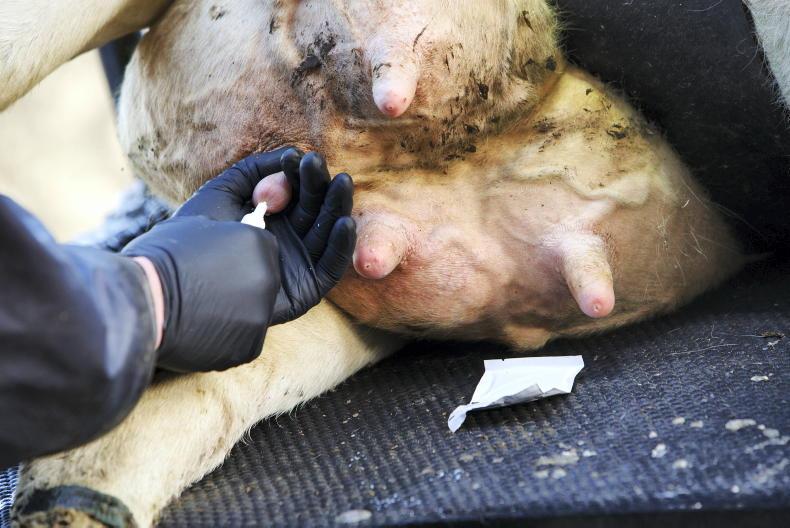
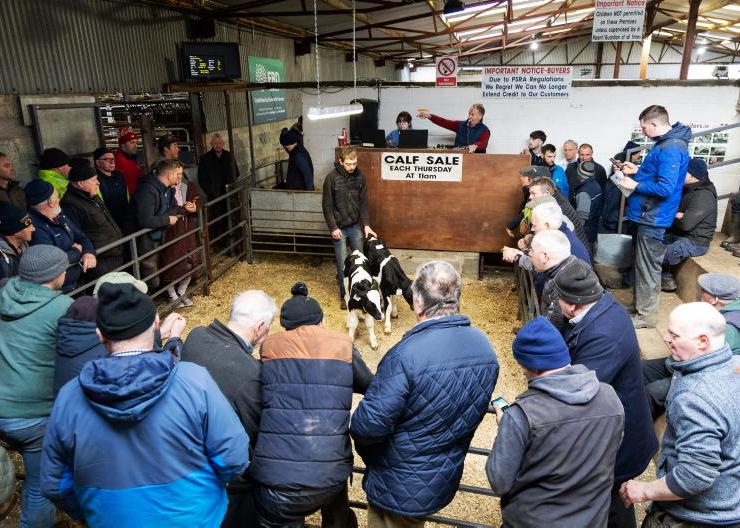



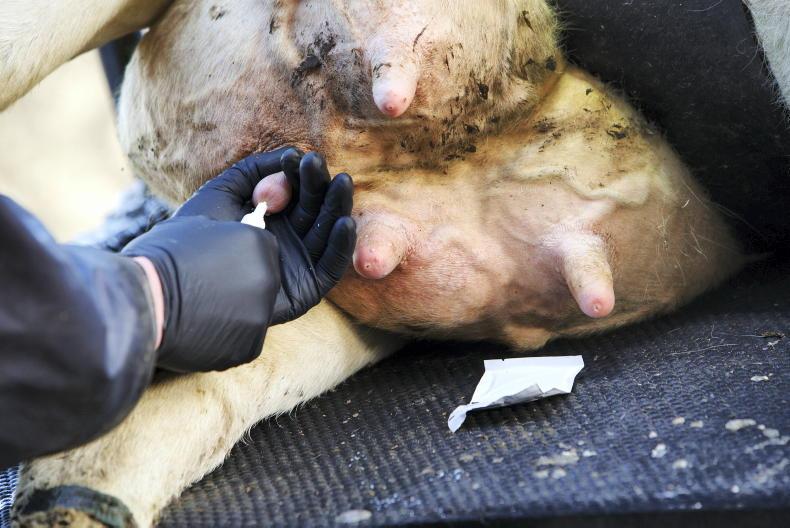
SHARING OPTIONS